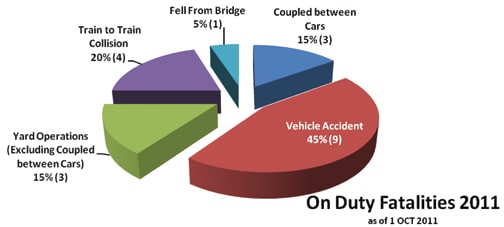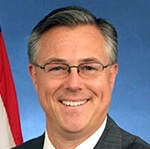
Federal Railroad Administrator
It seems like just yesterday, as UTU Illinois state legislative director and mayor of Riverdale, Ill., that I joined other mayors to successfully advocate for more frequent rail service from Chicago to downstate Illinois communities.
At the time, even that modest goal seemed daunting, as conventional wisdom said Americans would no longer ride trains.
Fast forward to 2012, where 30 million people are riding Amtrak each year — more than ever before.
The future looks even brighter.
How did it happen? My brothers and sisters at the UTU worked with mayors, business owners, university presidents and environmental groups across the nation to show elected officials at all levels of government how better train service would transform local economies, provide Americans with more transportation options and create new jobs.
Decades of advocacy are finally paying dividends, as we finally have a president in Barack Obama who understands that our economy is dependent on the quality of our transportation system. President Obama invested more than $10 billion in regional rail networks that will provide a much needed alternative to congested highways and airports as our nation grows by 100 million people over the next 40 years.
As FRA administrator, I have visited communities across the country as they begin construction projects. Some include:
* New England, where service will reach new communities in Maine this year.
* The Pacific Northwest, where new construction will lead to more frequent service between Seattle and Portland.
* The Midwest, where trips from Chicago to Detroit and St. Louis will be more than an hour shorter by 2014, and feature next-generation American-made trains.
* The Southeast, where new construction will lead to more frequent and reliable service between Charlotte and Raleigh.
* California, where construction is underway to add capacity to existing corridors, while the state breaks ground on its high-speed train system later this year.
The Obama administration also invested more than $3 billion to improve reliability and order new locomotives for the Northeast Corridor, while Northeast states begin planning for the next generation of the service.
In communities I visit, I meet leaders of both political parties who are excited to explain how their town will benefit from a project. As a former mayor, I relate. At the local level, transportation investments are not about politics – they are about creating new jobs, attracting new investment, and making the lives of our friends and neighbors better.
Now is the time for Congress to make the investments we need in passenger rail to create jobs today and provide America with the world-class transportation network we need in the 21st century.
(Prior to his April 2009 Senate confirmation as FRA administrator, Joe Szabo was UTU Illinois state legislative director. He is a fifth generation railroader.)
 It’s confidential and no-fault.
It’s confidential and no-fault.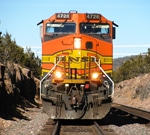
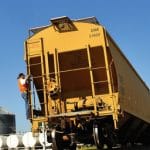 WASHINGTON – Responding to petitions for reconsideration to its Nov. 9, 2011, final rule on conductor certification, the FRA has delayed for six months the testing implementation dates and clarified other mandates affecting territorial qualifications and the definition of hostlers.
WASHINGTON – Responding to petitions for reconsideration to its Nov. 9, 2011, final rule on conductor certification, the FRA has delayed for six months the testing implementation dates and clarified other mandates affecting territorial qualifications and the definition of hostlers.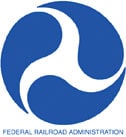 WASHINGTON – New minimum training and qualification standards are being proposed by the Federal Railroad Administration for rail workers in safety sensitive positions.
WASHINGTON – New minimum training and qualification standards are being proposed by the Federal Railroad Administration for rail workers in safety sensitive positions.